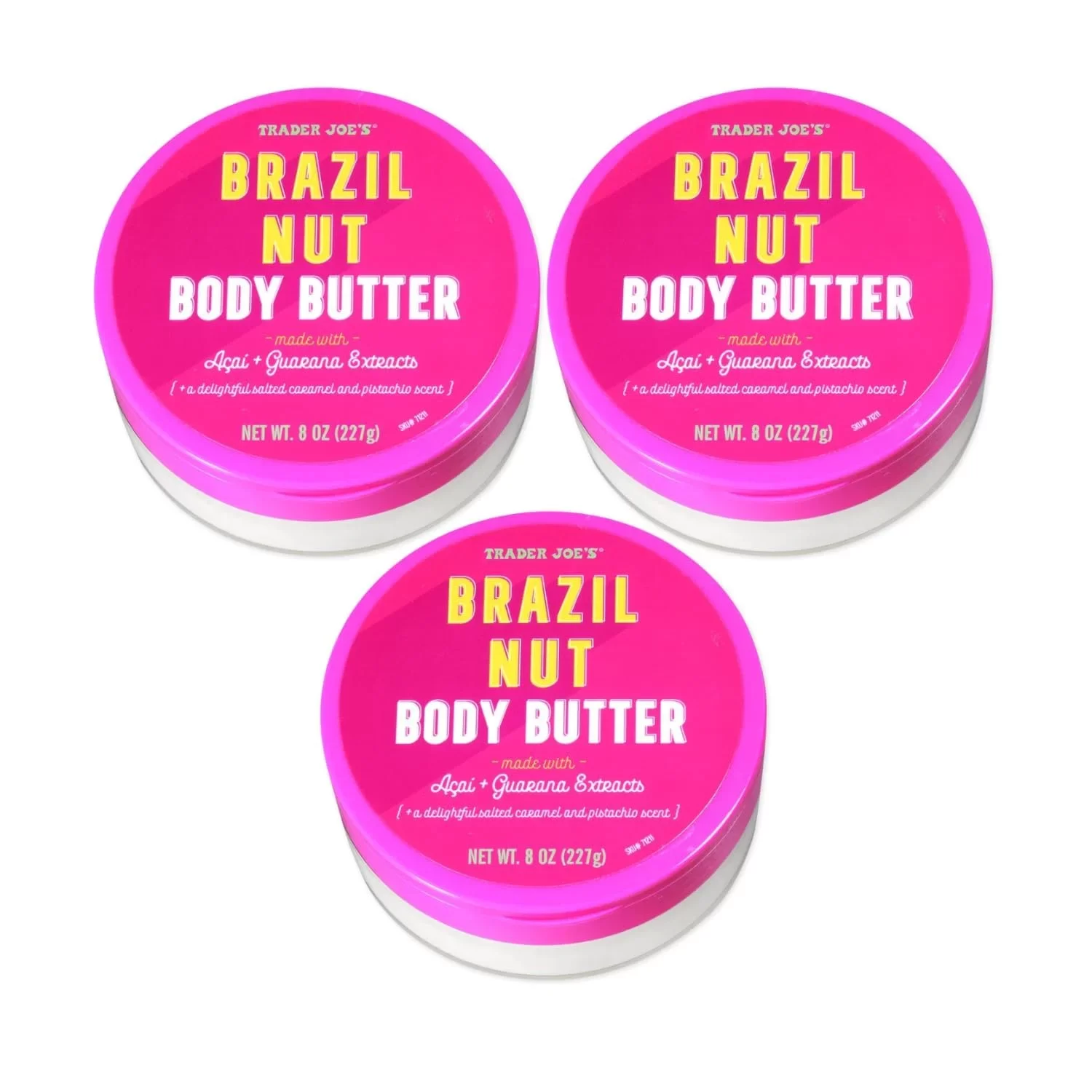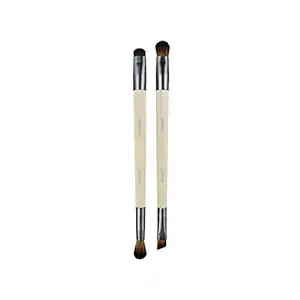
 By
Stylist Venita
By
Stylist Venita

Regular makeup brush cleaning is of utmost importance to maintain good hygiene and ensure the longevity of your brushes. Over time, makeup brushes accumulate dirt, oil, bacteria, and old product residue. If not cleaned regularly, these buildups can lead to clogged pores, breakouts, and skin irritation. Cleaning your brushes also helps to improve the performance of the bristles, ensuring smooth and flawless makeup application.
Using DIY cleaning solutions for your makeup brushes offers several benefits. Firstly, it allows you to control the ingredients and avoid harsh chemicals that may be present in commercial brush cleaners. DIY solutions often include gentle ingredients like baby shampoo, olive oil, and vinegar, which effectively cleanse the brushes without causing any harm. Additionally, DIY cleaning solutions are cost-effective and easily accessible. You can find the ingredients in your kitchen pantry, reducing the need for expensive brush cleaners. Lastly, by using DIY cleaning solutions, you can customize the cleaning process according to your specific brush types and requirements.

When it comes to DIY makeup brush cleaning solutions, natural ingredients can be a great option. Not only are they effective in removing dirt and makeup residue, but they are also gentle on the bristles, prolonging the life of your brushes. One popular natural ingredient for cleaning brushes is olive oil. Its moisturizing properties help to break down stubborn makeup while conditioning the bristles. Another natural ingredient is castile soap, which is gentle yet effective in removing dirt and bacteria from the brushes. Tea tree oil is also a great addition to your DIY cleaning solution as it has antimicrobial properties that can help disinfect the brushes. Mixing these natural ingredients with warm water creates a powerful yet gentle cleaning solution for your makeup brushes.
If you’re looking for DIY makeup brush cleaning solutions using items you already have at home, there are several options available. One common household item is dish soap. Its degreasing properties make it effective in removing oil-based makeup from brushes. Another household item is white vinegar. Its acidic nature helps to break down dirt and bacteria on the brushes. Simply mix a few drops of white vinegar with warm water and gently swirl the brushes in the solution. Baking soda is also a popular choice for cleaning brushes. Its mild abrasive properties help to remove stubborn residue from the bristles. Mixing baking soda with water creates a paste-like consistency that can be used to deep clean your brushes.
One effective DIY makeup brush cleaning solution is the Olive Oil and Dish Soap Solution. This simple yet effective recipe helps to remove makeup residue, oil, and bacteria from your brushes, leaving them clean and ready to use. To make this solution, mix one part olive oil with two parts dish soap in a small bowl. Gently swirl your brushes in the mixture, making sure to coat the bristles thoroughly. Rinse the brushes under lukewarm water until the water runs clear. Pat dry with a clean towel and reshape the bristles if needed. This homemade solution not only cleans your brushes effectively but also conditions the bristles, keeping them soft and prolonging their lifespan.
Another great DIY makeup brush cleaning solution is the Vinegar and Water Solution. Vinegar is known for its antibacterial properties, making it an excellent choice for cleaning and disinfecting your brushes. To create this solution, mix equal parts of white vinegar and lukewarm water in a bowl. Dip your brushes into the mixture and gently swirl them around to remove any dirt, makeup, or bacteria. Rinse the brushes under running water until the water runs clear. Gently squeeze out any excess water and lay the brushes flat to dry. The vinegar helps to kill any lingering bacteria and leaves your brushes clean and refreshed.

Cleaning your makeup brushes regularly is essential to maintain their performance and hygiene. One effective DIY solution is a mixture of baby shampoo and coconut oil. Baby shampoo is gentle and safe for the bristles, while coconut oil helps to condition and soften them. Start by wetting the brush bristles under lukewarm water. Then, combine a small amount of baby shampoo with a teaspoon of melted coconut oil in a shallow dish. Swirl the brush bristles in the mixture, working the solution through the bristles to remove makeup residue. Rinse the brushes thoroughly under running water until the water runs clear. Gently squeeze out excess water and reshape the bristles. Finally, lay the brushes flat on a clean towel to dry overnight. This simple DIY cleaning solution will leave your brushes clean, soft, and ready for flawless makeup application.
Another DIY solution for cleaning makeup brushes is a combination of castile soap and aloe vera gel. Castile soap is a natural cleanser that effectively removes dirt and oil buildup from the bristles. Aloe vera gel has soothing properties that can help condition the bristles. To make this solution, mix a few drops of castile soap with a teaspoon of aloe vera gel in a small bowl. Wet the brush bristles under lukewarm water and dip them into the mixture. Gently swirl the brush bristles in the mixture, working it through the bristles to remove makeup residue. Rinse the brushes thoroughly under running water until the water runs clear. Squeeze out excess water and reshape the bristles. Lay the brushes flat on a clean towel to dry overnight. This DIY cleaning solution will leave your brushes clean, refreshed, and ready for flawless makeup application.
Spot cleaning your makeup brushes regularly is crucial to maintain their hygiene and extend their lifespan. To tackle this task, you can create your own DIY makeup brush cleaning solution. One effective option is to mix equal parts of gentle liquid soap and warm water in a small bowl. Gently swirl the bristles of your brushes in the solution, making sure not to soak the ferrule (the metal part that holds the bristles). Rinse the bristles under running water until the water runs clear. Gently squeeze out any excess water and reshape the bristles. Lay the brushes flat on a clean towel to air dry overnight. This quick and easy spot cleaning method will remove surface-level dirt, oils, and product buildup, ensuring that your brushes are ready for use in no time.
While spot cleaning is useful for regular maintenance, deep cleaning your makeup brushes is necessary to remove stubborn residue and bacteria that can accumulate over time. To deep clean your brushes, you can make a DIY cleaning solution by combining two parts antibacterial dish soap with one part olive oil in a shallow dish. Swirl the bristles of your brushes in the mixture, gently massaging them to loosen any trapped debris. Rinse the brushes under lukewarm water, again being careful not to wet the ferrule. Repeat the process until the water runs clear. Afterward, squeeze out excess water, reshape the bristles, and lay the brushes flat on a towel to dry overnight. Deep cleaning your brushes once every two weeks will ensure that they remain in optimal condition, free from bacteria and product buildup.

After cleaning your makeup brushes using a DIY makeup brush cleaning solution, it is crucial to properly dry them to maintain their shape and prevent the growth of bacteria. One effective technique is to gently squeeze out any excess water from the bristles. Then, lay your brushes flat on a clean towel or paper towel. This allows the bristles to evenly distribute the moisture and dry naturally. Avoid hanging your brushes with the bristles facing downwards as this can cause water to seep into the ferrule, loosening the glue that holds the bristles together.
If you’re in a hurry and need your brushes to dry faster, you can use a hairdryer on the lowest setting. Keep the hairdryer at least 6 inches away from the bristles to prevent damage. Alternatively, invest in a brush drying rack that holds your brushes upright, allowing air to circulate around them for quicker drying.
Properly storing your makeup brushes is important to maintain their cleanliness and extend their lifespan. After cleaning and drying your brushes, store them in a clean and dry container or brush holder. This will protect them from dust and other contaminants. Avoid storing brushes in a closed container or drawer immediately after cleaning as this can trap moisture and promote bacterial growth.
To keep your brushes organized and easily accessible, consider investing in a brush roll or case with individual compartments. This prevents the bristles from rubbing against each other, which can cause damage and distortion.
Additionally, it’s essential to store your brushes away from direct sunlight and humidity, as these conditions can deteriorate the bristles and affect their performance. By implementing these storage tips and tricks, you can ensure that your DIY makeup brush cleaning efforts are not in vain and that your brushes stay clean and in excellent condition for longer.




